Top 5 National Parks In Gujarat
The state of Gujarat located on the western coast of the country is famous for being the home of Asiatic Lions. The state has a diverse ecology and boasts of dry and arid Rann of Kutch which holds the annual Rann festival, to the moist grasslands, and coastal shores. The erstwhile princely state of Gujarat is home to Dwarka, and the spectacular Statute of Unity is also rich in diverse flora and fauna.The presence of several national parks and sanctuaries which offer a wide range of animals reflects this diversity. The Top 5 National Parks in Gujarat includes:
1. Gir Forest National Park
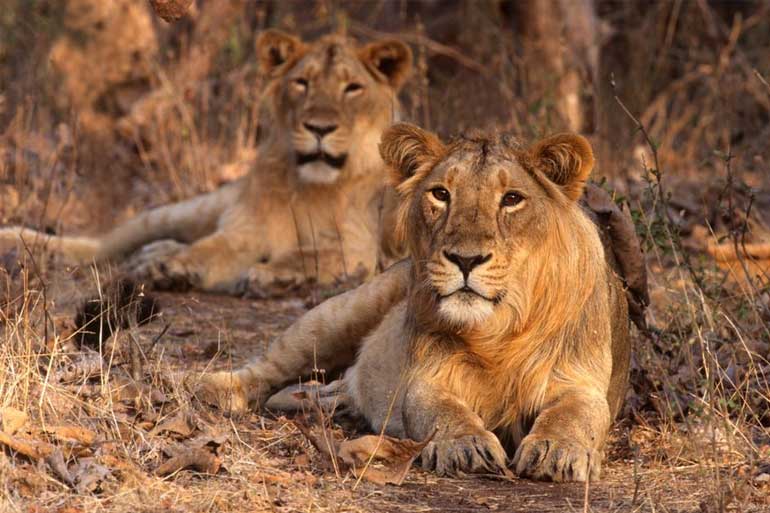
If you wish to see the majestic Asian lions roaming freely in the wild, then a visit to Gir National Park should be on your cards. Established in 1965, to conserve the dwindling lion population, in 1412 sq. km. of area. 258 sq. km. of this area forms the core area of the park. The park is home to several rare species of flora and fauna and is protected heavily. There are seven rivers with four dams constructed within the Gir region. Apart from the main attraction, lions, other wild animals that can be spotted here include leopards, deer (spotted, sambhar), chowsingha, jackal, striped hyena, Indian fox, chinkara etc. There are around 200 species of birds and 40 species of reptiles that are found here.
The best time to visit is from December to March, however, owing to extreme temperatures, April and May are the best time to spot and click wildlife. The Gir National park is closed from 16th June to 15th October every year. Dawn and dusk are the best time to spot the majestic animals.To enjoy this expansive national park, you can opt to book a jeep safari online. The safari timings are 6.45 a.m. to 9.45 a.m., 8.30 a.m. to 11.30 a.m. and 3 p.m. to 6 p.m. There are no canter or elephant safaris available here. To book online safari you need an ID proof (DL, voter ID, passport number or aadhar card). You are required to carry the same ID proof on you while visiting the national park. Advance safari booking is available 3 months prior to arrival. You may reach us for detailed Gir Tour Packages.
2.Velavadar National Park
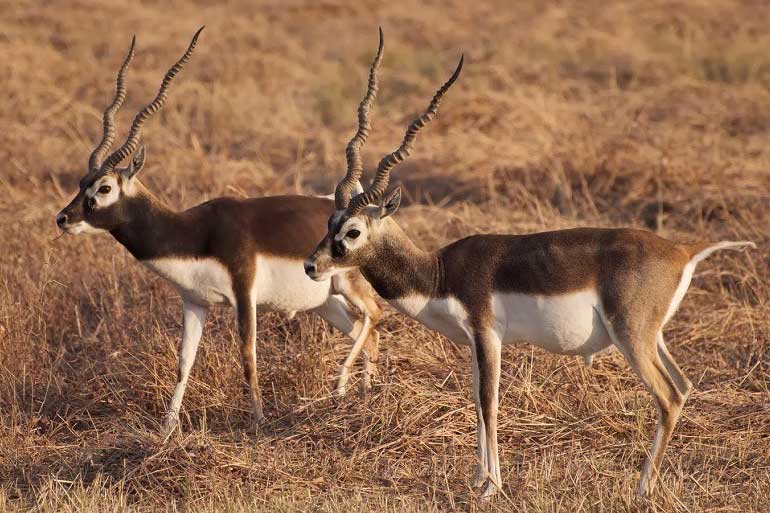
Situated in Gujrat’s Bhavnagar district, the Velavadar National Park, established in 1976 in 35 sq. km. of area is primarily a blackbuck conservation park. Other animals found in the national park include wolf, striped hyena, jackals, wild boar, golden jackal, gerbil, hedgehog, jungle cats, lesser florican (endangered species of bustard). It is also the only tropical grassland in India which becomes home to several migratory birds during the winter season. The avian occupants of the national park include flamingos, white as well as painted storks, pelicans, waders, eagles (tawny, short-toed, spotted and steppe), falcon (laggar and red-necked), Eurasian hobby, kestrel etc. Reptiles like vipers, krait, cobra, boa etc. are also commonly found here.
Winters (December to March) are the best time to visit this place as you can spot several migratory birds. You can either hike through the grasslands and spot the wildlife at your leisure or move with a vehicle within the national park premises. With a vehicle at hand, you can see several sections of the park. You can hire a guide for a better experience, especially of spotting and identifying the spectacular birds.
3. Marine National Park
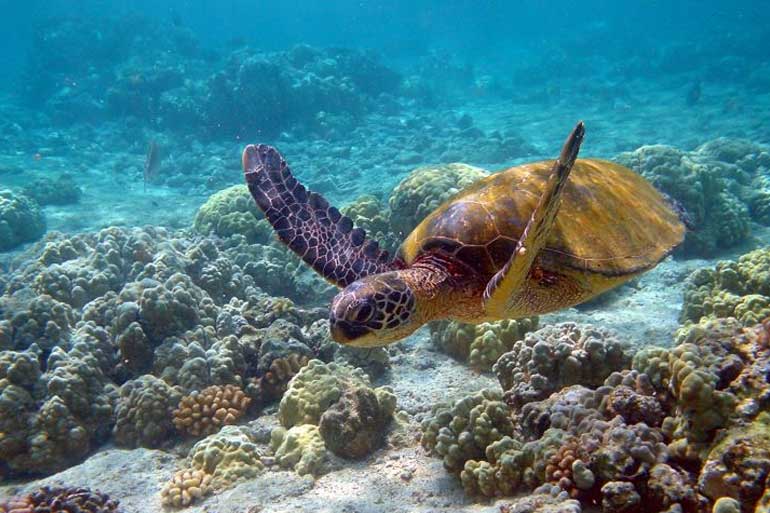
Located in the Jamnagar district of Gujarat, this national park is the first marine conservatory established in 1982. Spread over an area of 163 sq. km. it boasts of a diverse flora and fauna, spread over the 42 islands in an archipelago. Thanks to the varied marine habitats like salty grasslands, marshlands, creeks, mudflats, estuaries, coral reefs and mangroves, you get to see a wide variety of flora and fauna here. Out of 42 islands, 33 have coral reefs and you can easily spot colourful corals of varied shape here. The mangroves are home to near-threatened species of birds like black-necked ibis, painted stork, and darter.
There are around 52 species of corals, 80 bird species on these islands apart from the colourful marine life including sea cucumbers, starfishes, octopus, sponges, jelly fish, sea urchins, pearl oysters, crabs and not to forget, dolphins. Many aquatic animals are protected from poachers thanks to this conservatory. The best time to visit here is October to February. The conservatory is open from Monday to Saturday, 10 a.m. onwards. To observe the corals, you can opt for a coral walk during low tide, which takes around 3-4 hours. Corals can be observed in just 1-2 ft. water. You need to obtain prior permission for the same from the Forest Department. A sailing option for 3-4 hours is also available in the Marine National Park.
4. Vansda National Park
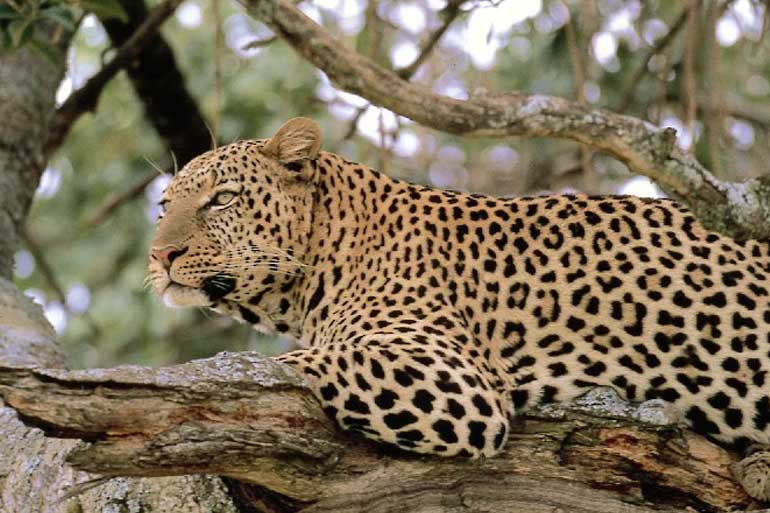
The national park is a protected area spanning 24 sq. km. is in the Navsari district of Gujarat. Established in 1979, this place is a moist deciduous forest with tall bamboo trees and a wide variety of orchids, ferns and mushrooms. Felling of trees has not been practised since the time Maharaja of Vansda ruled here due to which you will find extremely thick canopies at several places. The national park is home to several different types of animals including Indian leopard, Hanuaman langur, Indian porcupine, barking deer, hyena, wild boar, four-horned antelope, pangolin, rusty spotted cat, common palm civet, small Indian civet, and the endangered great Indian squirrel.You can find more than 60 varieties of butterflies in this national park apart from an astounding 121 species of spiders and several reptile species too.Most popular bird species that can be spotted here include grey hornbill, Malabar trogon, great black woodpecker, jungle babbler, pompadour green pigeon, emerald dove, racket taileddrongo, paradise flycatcher etc.
The national park situated amidst the Sahyadri range is open from 9 a.m. to 5 p.m. You should hire a guide for having a splendid experience. You will require 2-3 hours to soak in the sights and sounds of this spectacular place. You can either take the walking trail or opt for a vehicle one while touring the place. The park allows you to take private vehicles including cars, jeeps, SUVs as well as bigger vehicles like minibus, bus or heavy vehicle.
5.Wild Ass Sanctuary
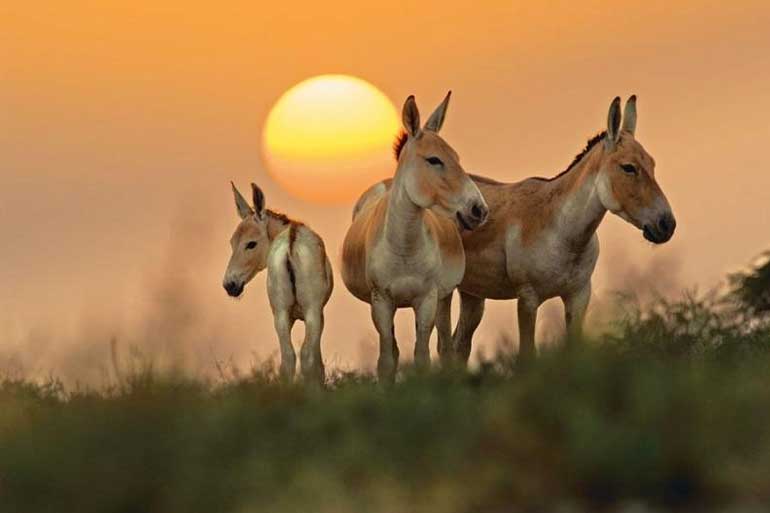
Located in the Rann of Kutch, the Indian Wild Ass Sanctuary, one of the largest wildlife sanctuaries in India, is spread over 4954 sq. km. area. Established in 1972, it is one of the few places in the world where endangered wild ass species Indian wild ass (Equus heminouskhur), locally known as ghudkaror khurcan be found. Apart from the khurs, other animals found in this sanctuary include Asiatic Wild Ass species Onager (Equus heminous), Chinkara, nilgai, blackbuck, desert fox, jackals, striped hyenas, wolf, waterfowl, caracals, Macqueen’s bustard, herpetofauna, and other different types of mammals, amphibians and reptiles.
The salt flats of Rann of Kutch are a unique landscape that is not available everywhere in the world. Apart from here, two subspecies of wild asses are found in the arid plateaus of Tibet. The sanctuary offers home to several migratory birds including ceraneous vultures, demoiselle cranes, blue-tailed bee-eater, houbara bustard, apart from the local avian population and a wide variety of animals.
The sanctuary is open for morning and afternoon safaris daily, except in monsoon season. The sanctuary offers jeep safaris as well as organised minibus safari depending on the number of visitors. Additionally, private jeep can also be hired to enjoy the sanctuary. Camel safari can be taken for birdwatching during winters.
Share This Post

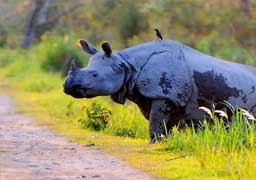
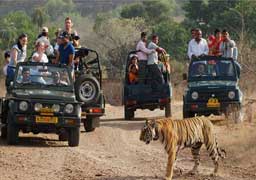
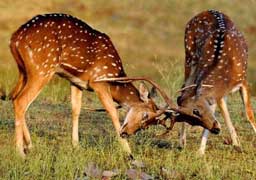
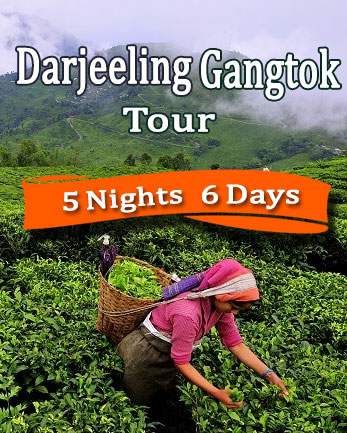
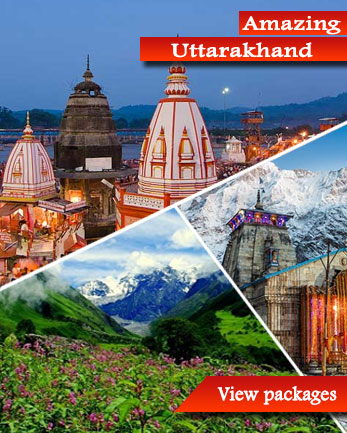

Leave A Comment